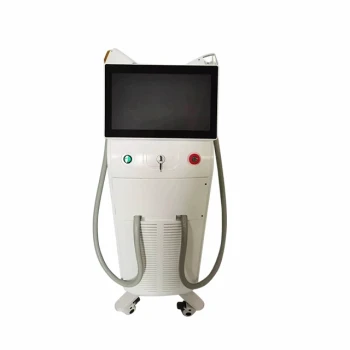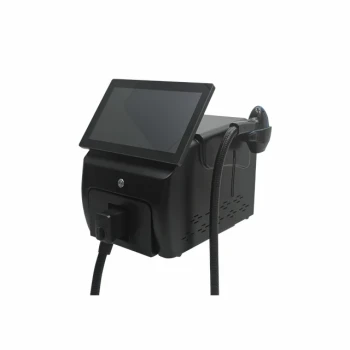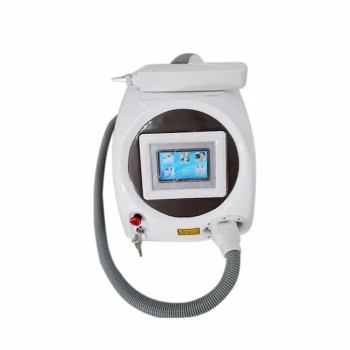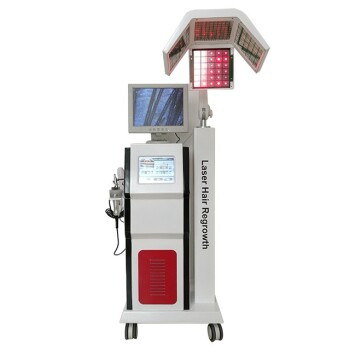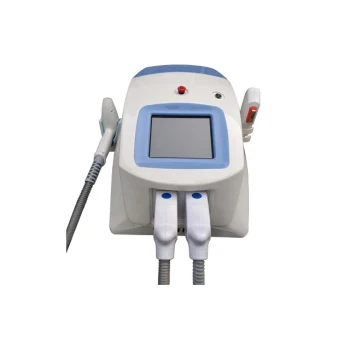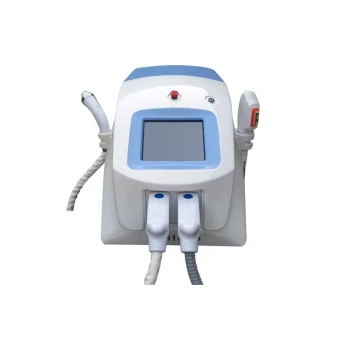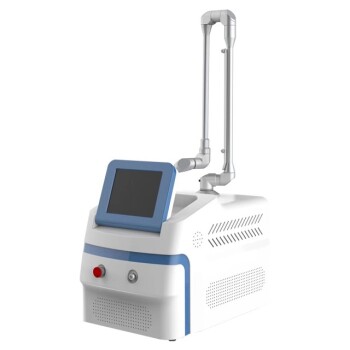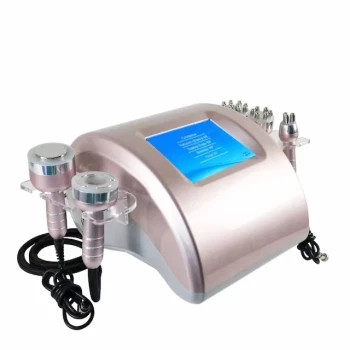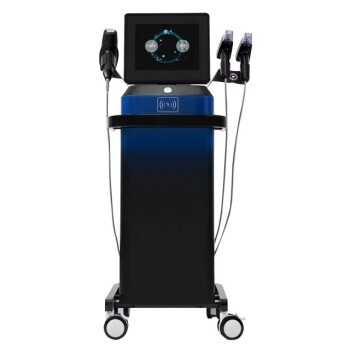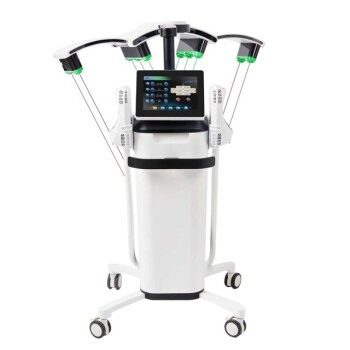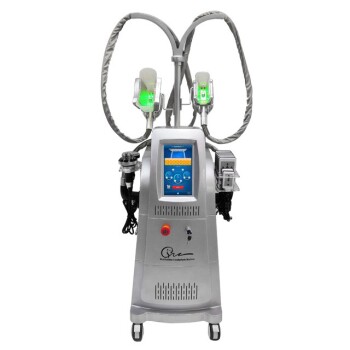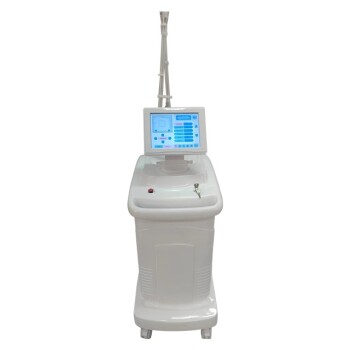For treating the full spectrum of skin types, the "best" professional laser hair removal machine is not a single laser, but a dual-wavelength platform. Systems that combine a 755 nm Alexandrite laser and a 1064 nm Nd:YAG laser, such as the Candela GentleMax Pro, are the industry gold standard for safely and effectively treating all skin tones from the very lightest to the very darkest.
The core principle is that no single laser wavelength is optimal for everyone. The best approach utilizes a system with two distinct lasers: one that aggressively targets pigment in lighter skin and another that safely bypasses pigment in darker skin to reach the hair follicle.
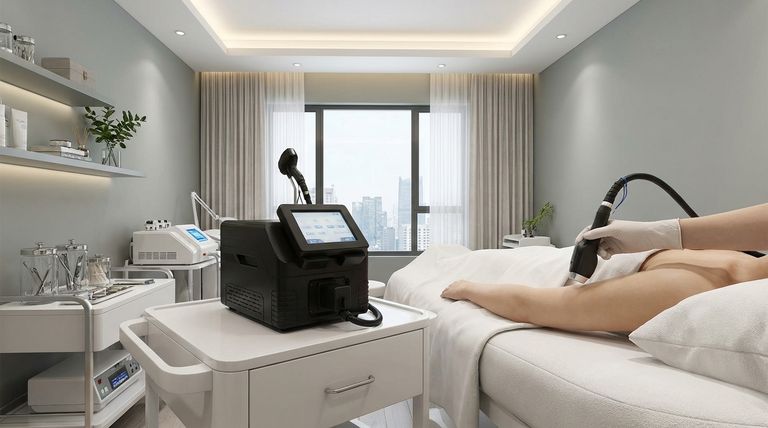
The Core Challenge: Targeting Hair Without Harming Skin
To understand why a dual-wavelength system is superior, you must first understand the basic physics of laser hair removal. The laser's energy needs a target—in this case, the melanin (pigment) within the hair follicle.
Melanin: The Target and the Risk
The laser emits a specific wavelength of light that is absorbed by the melanin in the hair. This absorption converts light energy into heat, which destroys the follicle and prevents future hair growth.
However, melanin is also present in the skin itself. For individuals with darker skin tones (higher concentrations of epidermal melanin), there is a significant risk that the laser will be absorbed by the skin instead of the hair follicle, potentially causing burns, blistering, or hyperpigmentation.
The Fitzpatrick Scale: Classifying Skin's Reaction to UV Light
Professionals use the Fitzpatrick scale to classify skin types based on their melanin content and reaction to sun exposure. This scale is critical for determining which laser is safe and effective for a patient.
- Types I-III: Range from very pale to light brown skin. They have less melanin in the epidermis, making them ideal candidates for certain types of lasers.
- Types IV-VI: Range from olive to deeply pigmented dark skin. They have more melanin in the epidermis, requiring a different, safer laser technology.
Understanding the Key Laser Wavelengths
The effectiveness and safety of a laser are defined by its wavelength, measured in nanometers (nm). Different wavelengths are absorbed by melanin at different rates.
The 755 nm Alexandrite Laser: The Powerhouse for Lighter Skin
The Alexandrite laser is highly effective because its 755 nm wavelength is strongly absorbed by melanin. This allows for a very efficient transfer of energy to destroy the hair follicle.
It is the laser of choice for patients with Fitzpatrick skin types I-III (light skin and dark hair). However, this high melanin absorption makes it unsafe for darker skin, as it cannot distinguish well between melanin in the hair and melanin in the skin.
The 1064 nm Nd:YAG Laser: The Gold Standard for Darker Skin
The Nd:YAG laser has a much longer wavelength of 1064 nm. This light is less readily absorbed by melanin, allowing it to bypass the pigment in the epidermis and penetrate deeper to target the melanin in the hair follicle's root.
This characteristic makes the Nd:YAG the safest and most effective option for Fitzpatrick skin types IV-VI (darker skin). While it can also be used on lighter skin, the Alexandrite laser is often more efficient for those patients.
Understanding the Trade-offs
While a dual-wavelength system is the most versatile solution, it's essential to understand the associated considerations. The machine itself is only one part of a successful treatment.
The Critical Role of the Operator
A powerful, versatile machine in the hands of an inexperienced technician is a liability. The practitioner's ability to correctly assess skin type, choose the appropriate wavelength, and set the correct energy and pulse duration parameters is paramount for both safety and results.
Cooling Systems Matter
Advanced laser platforms incorporate cooling technology, such as a cryogen spray (Dynamic Cooling Device or DCD) or chilled air, to protect the skin. This feature is crucial, especially when treating darker skin, as it cools the epidermis milliseconds before the laser pulse, minimizing the risk of thermal damage.
Not Just Alexandrite and Nd:YAG
While this combination is the most widely recognized standard, other technologies exist. Diode lasers (often around 810 nm) are also used and can be effective for a range of skin types, but the 1064 nm Nd:YAG remains the benchmark for treating the darkest skin tones safely.
Making the Right Choice for Your Goal
Your decision should be based on a clear understanding of the technology and your specific needs as either a practitioner or a patient.
- If you are a practitioner building a clinic: Investing in a reputable dual-wavelength platform (Alexandrite/Nd:YAG) is the most strategic choice to safely and effectively serve the widest possible patient demographic.
- If you are a patient seeking treatment: Ask the clinic specifically what type of laser they use. For lighter skin, confirm they have an Alexandrite laser; for darker skin, ensure they use an Nd:YAG laser to guarantee a safe procedure.
True expertise lies in matching the right technology to the right individual, ensuring both safety and efficacy.
Summary Table:
| Laser Wavelength | Best For (Fitzpatrick Skin Types) | Key Characteristic |
|---|---|---|
| 755 nm Alexandrite | Types I-III (Lighter Skin) | Highly absorbed by melanin; powerful and efficient for light skin. |
| 1064 nm Nd:YAG | Types IV-VI (Darker Skin) | Bypasses skin pigment; safest option for dark skin tones. |
| Dual-Wavelength System | All Skin Types (I-VI) | Combines both lasers for maximum versatility and safety across all patients. |
Ready to offer safe, effective laser hair removal for every client?
BELIS specializes in providing medical aesthetics clinics and premium beauty salons with professional-grade, dual-wavelength laser systems. Our expertise ensures you get the right technology to safely treat the full spectrum of skin types, maximizing your client base and treatment results.
Contact BELIS today to find the perfect laser solution for your practice.
Visual Guide
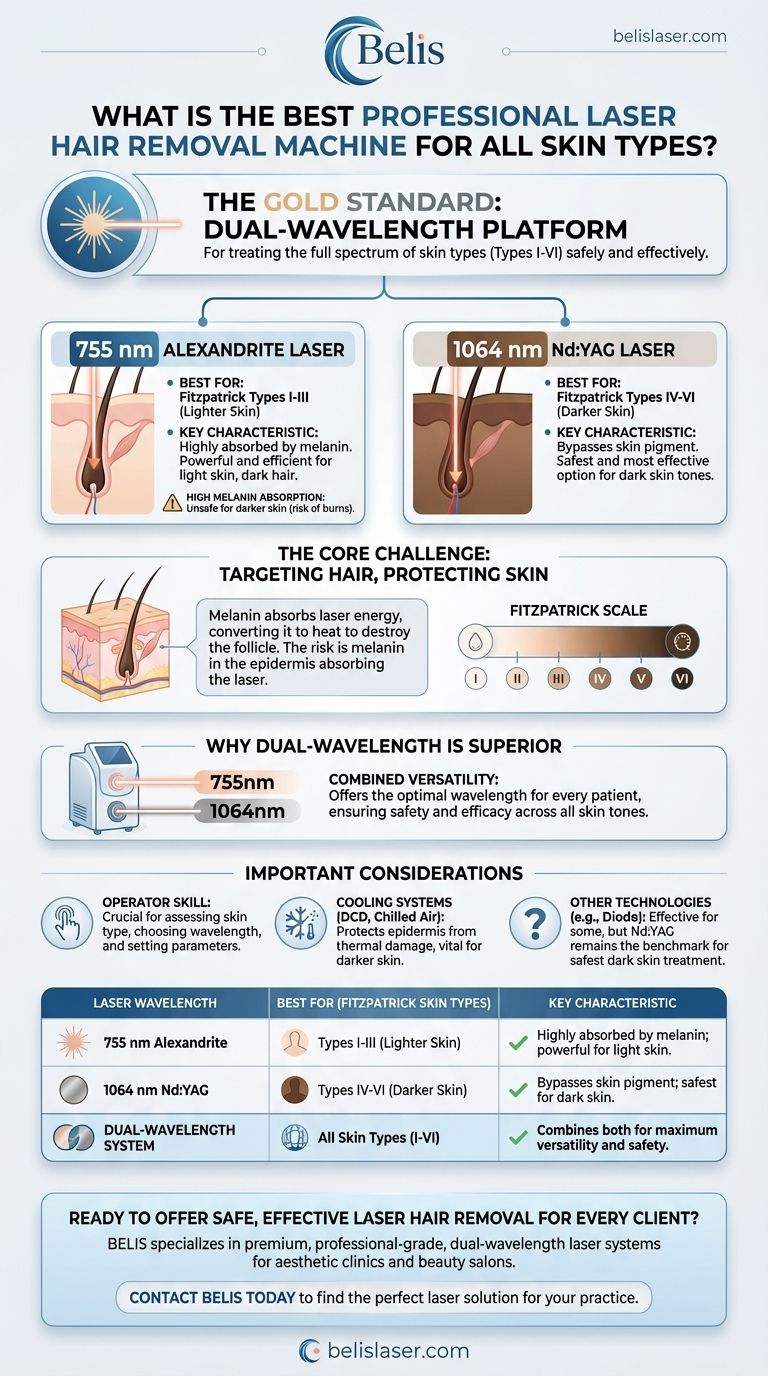
Related Products
- Diode Laser SHR Trilaser Hair Removal Machine for Clinic Use
- Diode Tri Laser Hair Removal Machine for Clinic Use
- Hydrofacial Machine with Facial Skin Analyzer and Skin Tester
- Trilaser Diode Hair Removal Machine for Beauty Clinic Use
- Q Switch Nd Yag Laser Machine Tattoo Removal Nd Yag Machine
People Also Ask
- Can diode laser remove hair permanently? Achieve Long-Term Hair Reduction with Precision Technology
- What are the disadvantages of diode laser hair removal? Key Limitations & Safety Risks Explained
- Can diode laser permanently remove hair? Achieve Lasting Hair Reduction with Professional Treatment
- What skin type is diode laser for? Safe Hair Removal for Light to Dark Skin
- What is the most effective form of laser hair removal? Find the Perfect Laser for Your Skin & Hair

